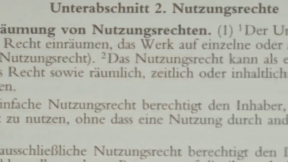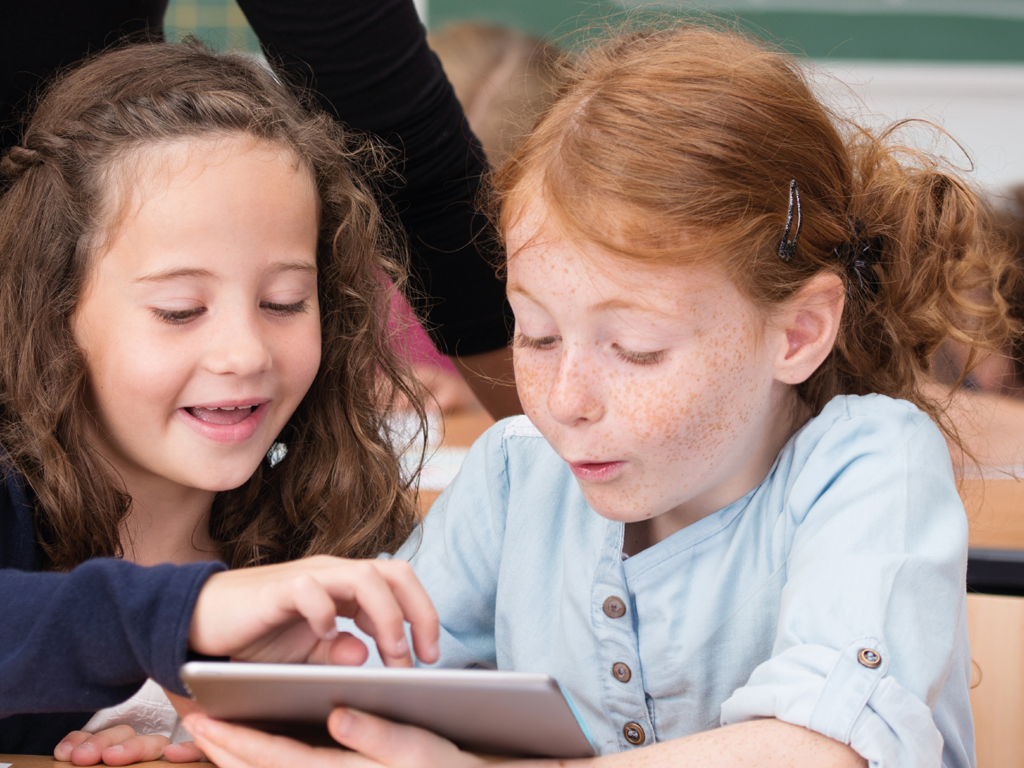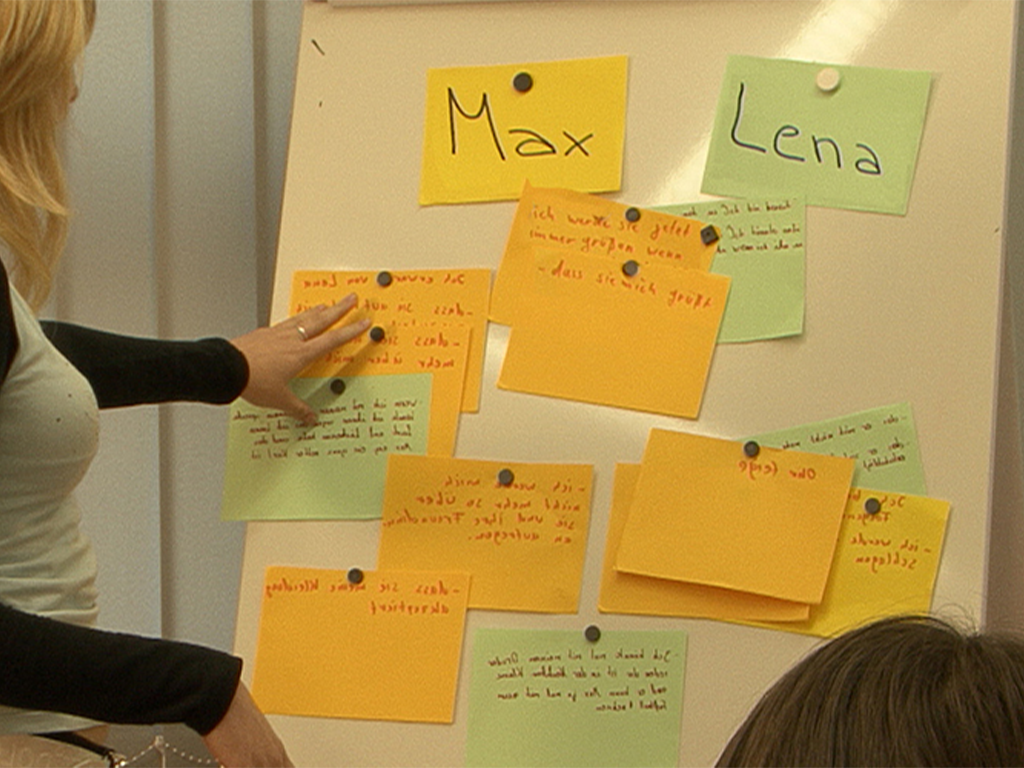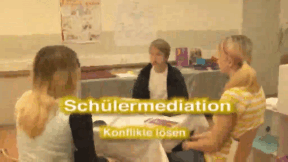 Geography
Geography
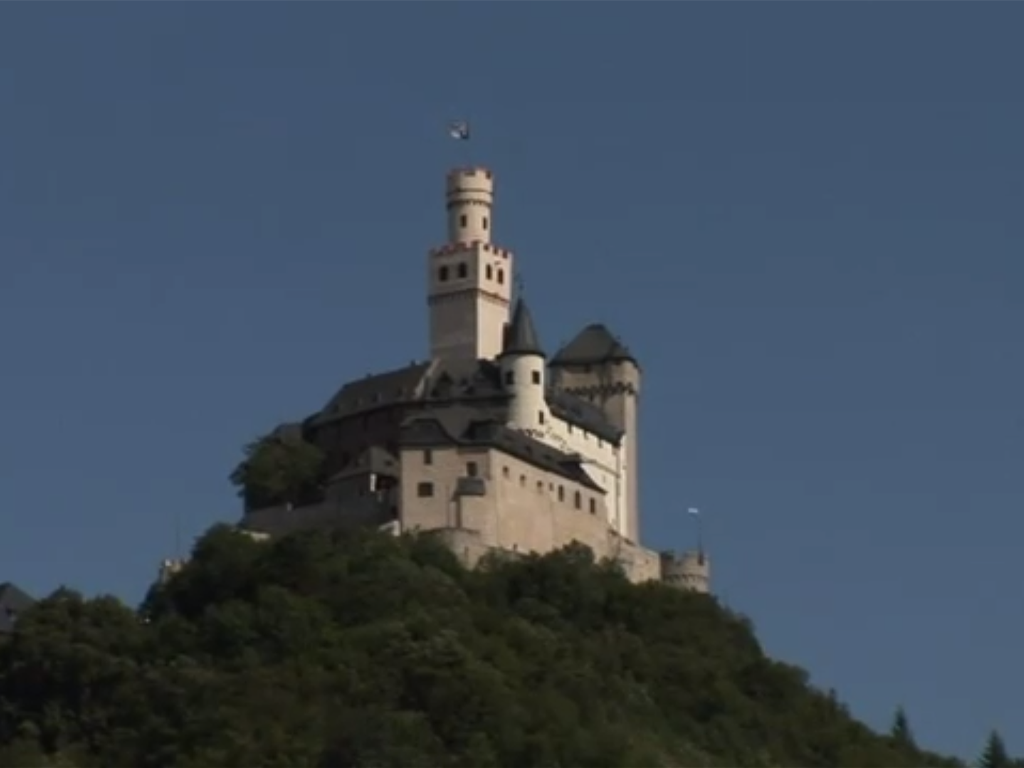
4656520 / 5551284
Rhineland-Palatinate
The Federal States of Germany
The German Federal State of Rhineland-Palatinate lies in the southwest of the Federal Republic of Germany. This DVD begins with an overview over the state with its nine natural regions: Ahr Valley, Eifel, Westerwald, Mosel-Saar, Huns- rück, the Nahe region, Palatinate with the Palatinate Forest, Middle Rhine-Lahn-Taunus and Rhenish Hesse. A detailed chapter on the eventful history of Rhineland-Palatinate makes this DVD suitable for history lessons, too. Here, the period from Roman Times up to the foundation of the federal state of Rhineland-Palatinate is summarised. Thanks to its central location in Western Europe, its proximity to other European countries, 14 public inland ports on the Rhine and the Moselle and an export quota of around 46%, Rhineland-Palatinate is also an attractive business location. At the same time, it is the “wine state” of the Federal Republic, with 65% of the entire German wine-growing area. The capital of Mainz is often referred to as a media city, houses the media companies ZDF and SWR and is an important employer in the country. Due to the modular, modified regional-studies approach, this DVD of- fers the possibility of using both comprehensive and specific teaching strategies and access modes.
Play trailer
Curriculum-centred and oriented towards educational standards
Matching
Copyright
Copyright is subject to constant change to keep up with technological advances. This film enables the viewer to grasp the basic principles of this extremely intricate matter. By way of introduction, the film defines what an author is, what kinds of works there are and how long a work is protected on principle. Then the fundamental rights of an author are cited and it is shown how these are exploited in our times. In the third chapter, the respective rights are illustrated by way of practice-oriented examples of books, photos, music and films. Here, of course, an emphasis is laid on the field of education, taking into account the latest case law within the EU and Austria in particular. A further chapter highlights the problems arising with the Internet and goes into the citation law and pirate copies. All in all, in this way the viewer is made familiar with the most important basic terms and their meanings. Comprehensive worksheets and additional accompanying material invite us to deepen our knowledge of the subject.
Mobile Learning II
Oh, what’s that? Original soundtrack Thissen: “As our children grow up in a media world and naturally handle the media, they should also be a topic in school.“ An older child says the point is that they don’t just load down apps but create things themselves that haven’t existed so far. Hi, I’m Jana. A propeller hat. I’ll put it on. Now I’m no longer a simple rhino, but a flying rhino. Original soundtrack Thissen: “It’s exactly the great flexibility of tablets that promotes very personalised and adapted learning.” Original soundtrack Welzel: “It’s fascinating to see how the children grow with their products and how they always want to improve them.” The Westminster Abbey is a church in London for the royal family. Original soundtrack Welzel: “And?“ They think it is ok.
Peer Mediation
Lena and Max attend the 7th form. Max is new in class. During a break, Max notices that Lena and her friend are laughing at him again. Max loses his temper! He slaps Lena in the face. That hurts and Lena runs back into the classroom with a red cheek. The growing conflict between the two has escalated. Just like Lena and Max, every day pupils all over Germany have rows with each other. At the Heinrich Hertz Gymnasium in Thuringia, pupils have been trained as mediators for years. At set hours, they are in a room made available by the school specifically for mediation purposes. The film describes the growing conflict between Max and Lena and shows a mediation using their example. In doing so, the terms “conflict” and “peer mediation” are explained in a non-technical way. The aims of peer mediation and its progress in five steps as well as the mediators’ tasks are illustrated. The art of asking questions and “mirroring”, which the mediators must know, is described and explained. Together with the comprehensive accompanying material, the DVD is a suitable medium to introduce peer mediation at your school, too.





